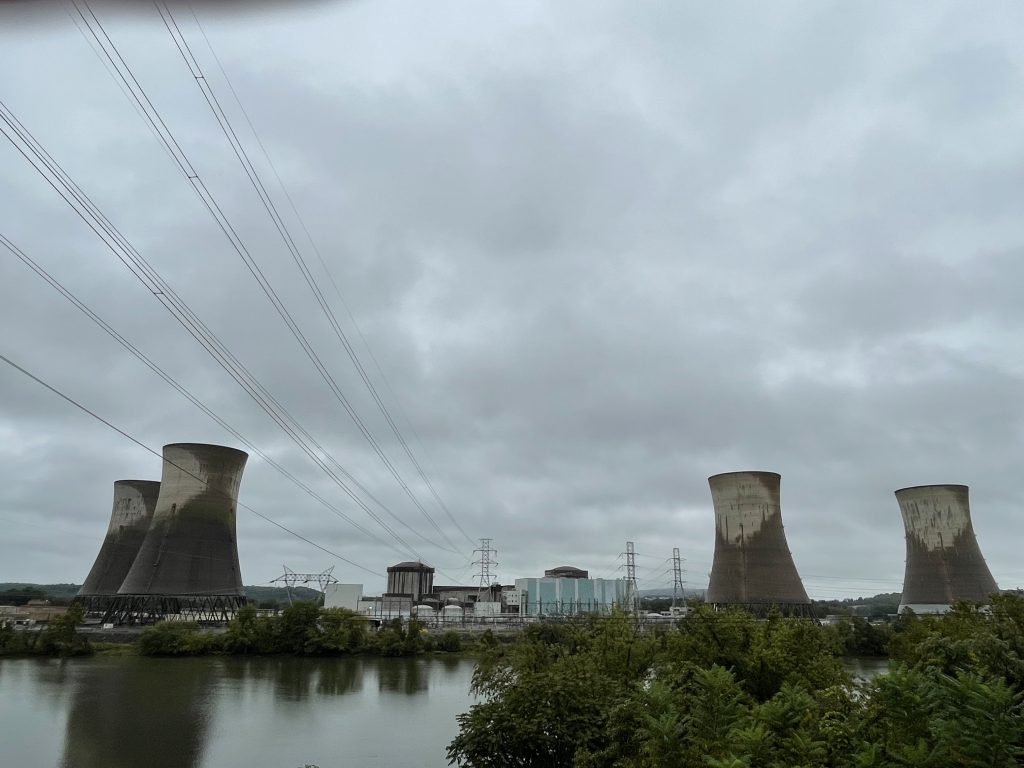
While in Harrisburg, we drove down the east side of the Susquehanna River to a historical marker that acknowledges the Three Mile Island nuclear reactor accident, situated right across the river from the reactor complex.
I’ve always been curious about Three Mile Island, and I finally got around to reading The Warning: Accident at Three Mile Island by Mike Gray.
On March 28, 1979, the Unit 2 reactor had a partial meltdown, resulting in the release of radiation into the environment. The accident was a result of both mechanical malfunction and operator error, though after reading the book, the operator error part of the ordeal almost seemed like a forgone conclusion.
There’s a seven-point International Nuclear Event Scale, and this accident was rated a level five, “Accident with Wider Consequences”. It is the worst nuclear power plant accident in U.S. history.
Confusion and poor communication went on for days, while regulatory agencies seemed completely incapable of making a decision to recommend evacuation.
Estimates are that 40% of the surrounding population went ahead and evacuated themselves.
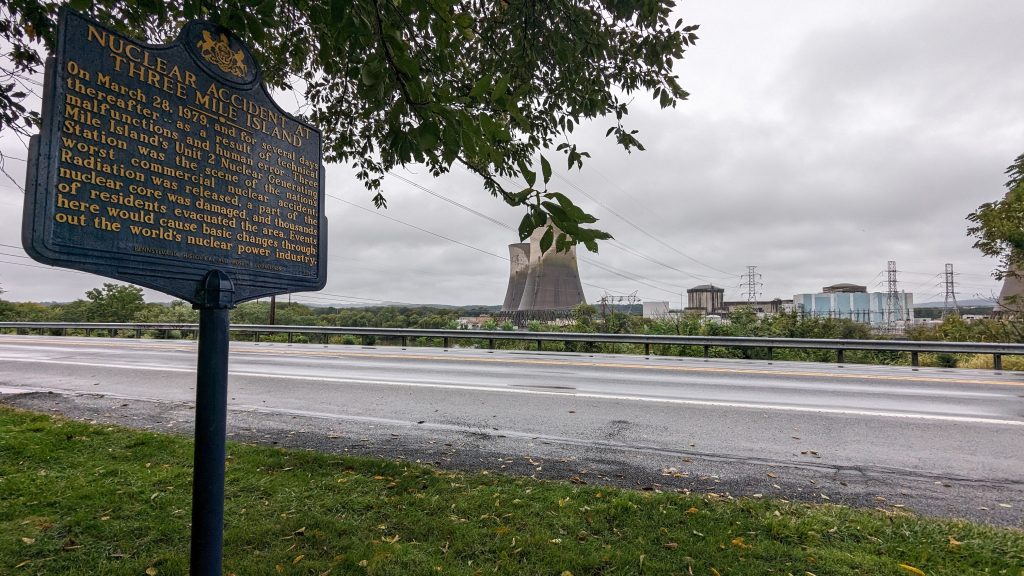
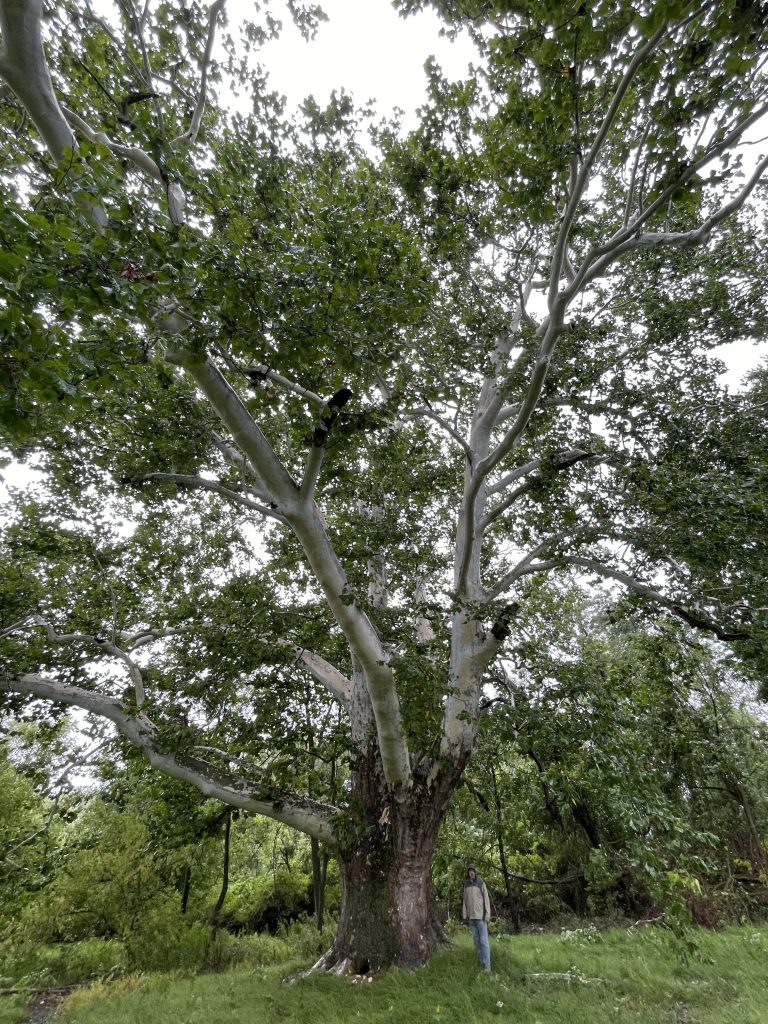
Doug was a teenager living about 27 miles away (as the crow flies) when the incident occurred, which would have been inside the 30-mile evacuation zone. He remembers his dad packing their camper to be ready to leave on quick notice.
Apparently the plant was within an hour of a total nuclear meltdown, which would have made a good chunk of the Northeast uninhabitable.
Cleanup went on for 14 years, though the Unit 1 reactor was restarted in 1985. It continued in operation until 2019.
The book sent me down a nuclear power plant rabbit hole. I watched the four-part Netflix documentary Meltdown: Three Mile Island, which was very drama-filled (like Netflix tends to be) but still very interesting.
Then I watched documentaries on the Chernobyl and Fukushima nuclear power plant accidents, which then led me to watching a documentary on the effects of radiation after nuclear bombs were dropped during World War II.
And finally, I watched The China Syndrome, a movie about a nuclear power plant accident that was oddly released right before the Three Mile Island accident happened.
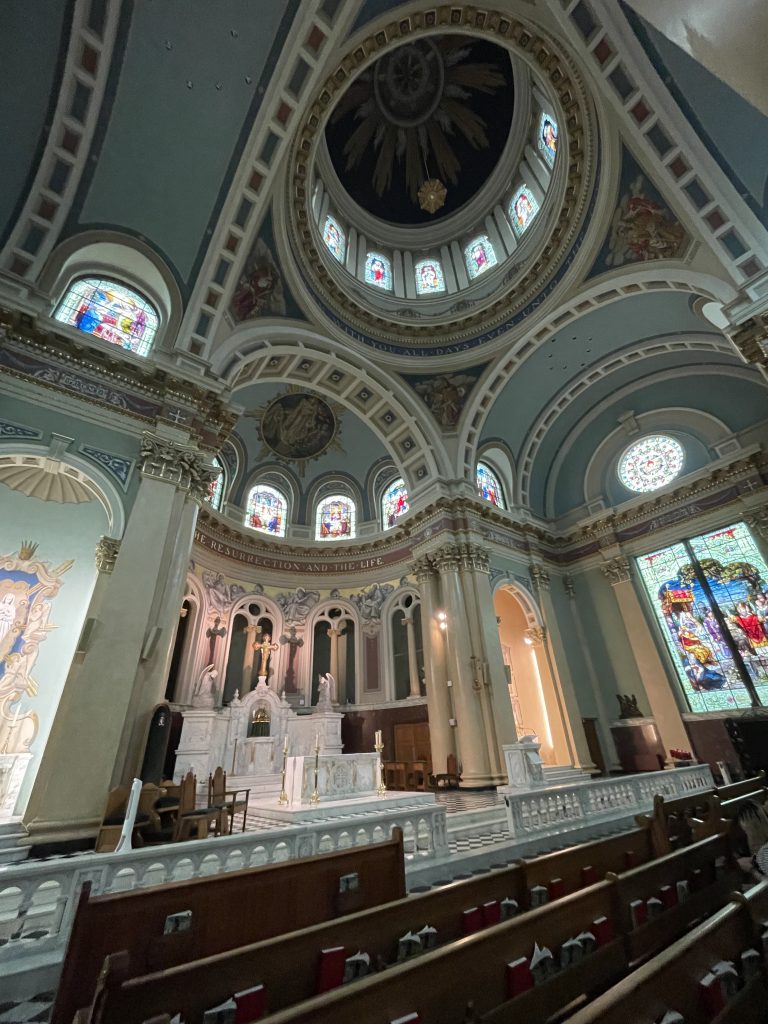
After visiting the state capitol, we walked up the street to St. Patrick’s Cathedral. Construction was completed in 1907, built for a total cost of $250,000.
The church is in the Baroque Revival style; the exterior is of North Carolina granite. The interior features Connemara marble and 44 stained glass windows imported from Germany.
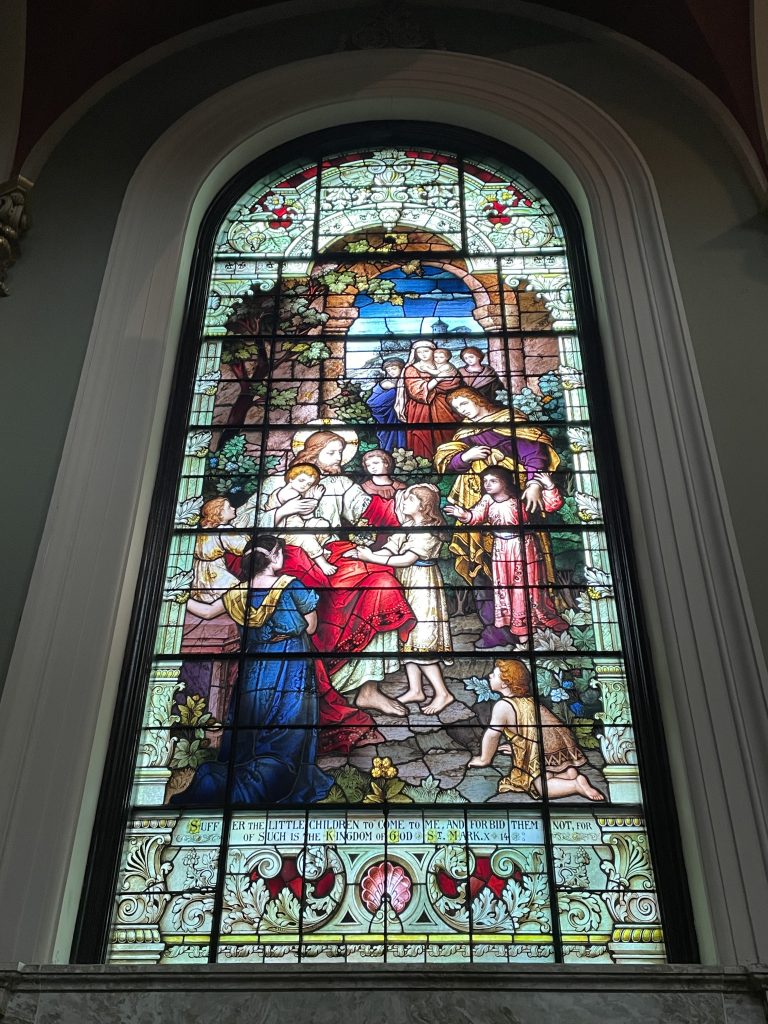

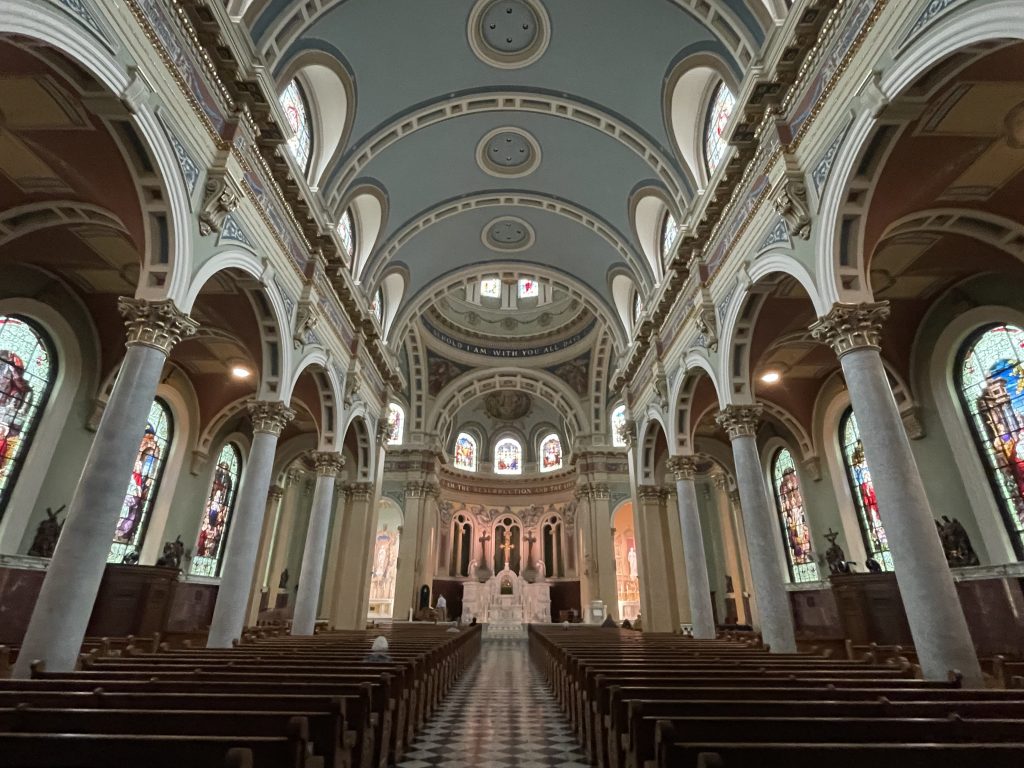
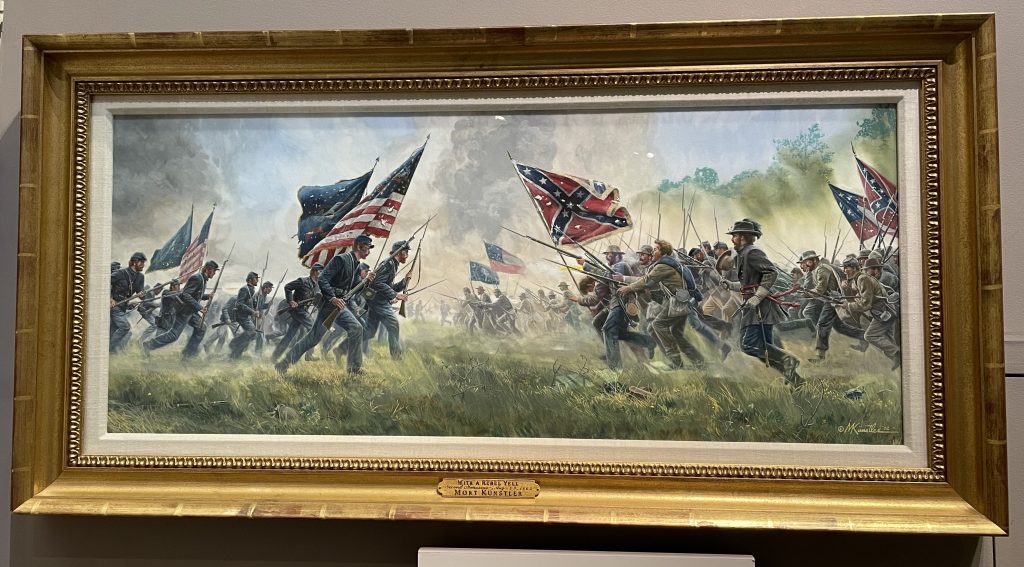
Doug and I both found The National Civil War Museum to be a bit of a disappointment. It started out with a powerful display on the slavery issue leading to the Civil War, but then followed with somewhat repetitive signboards, lots of swords and uniforms on display, and some over-acted short films.
Doug said, “I know what I want to see in a Civil War museum, and this wasn’t it.”
The cover photo to this post is Moment of Mercy by Terry Jones; the statue was in front of the museum.
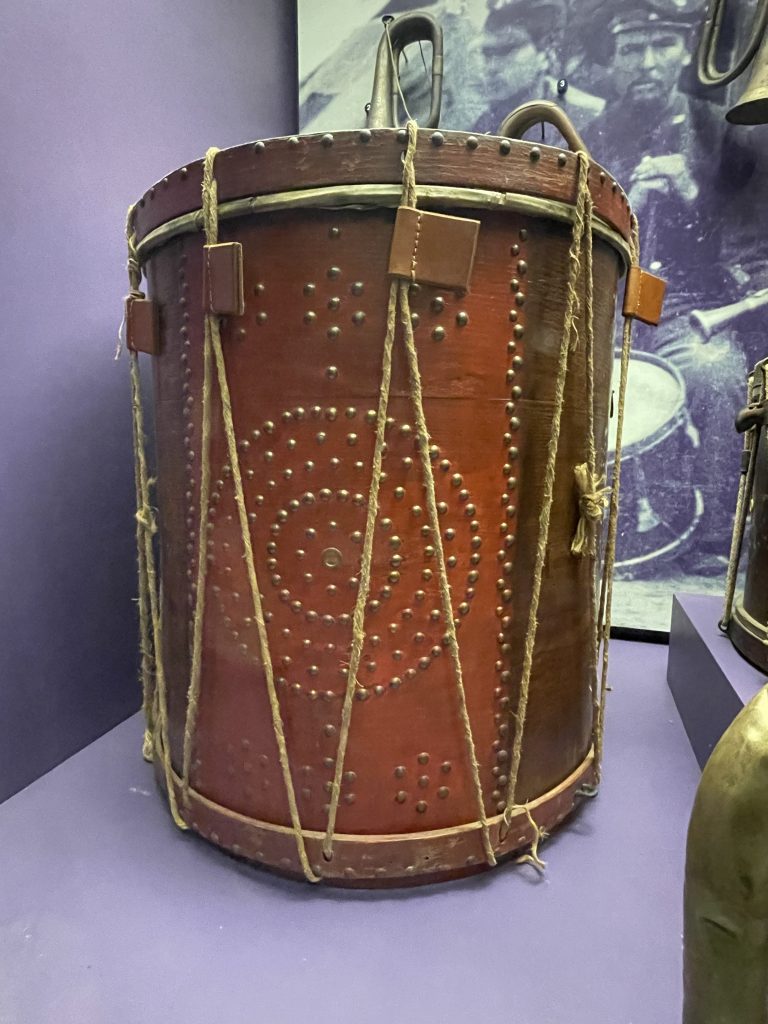
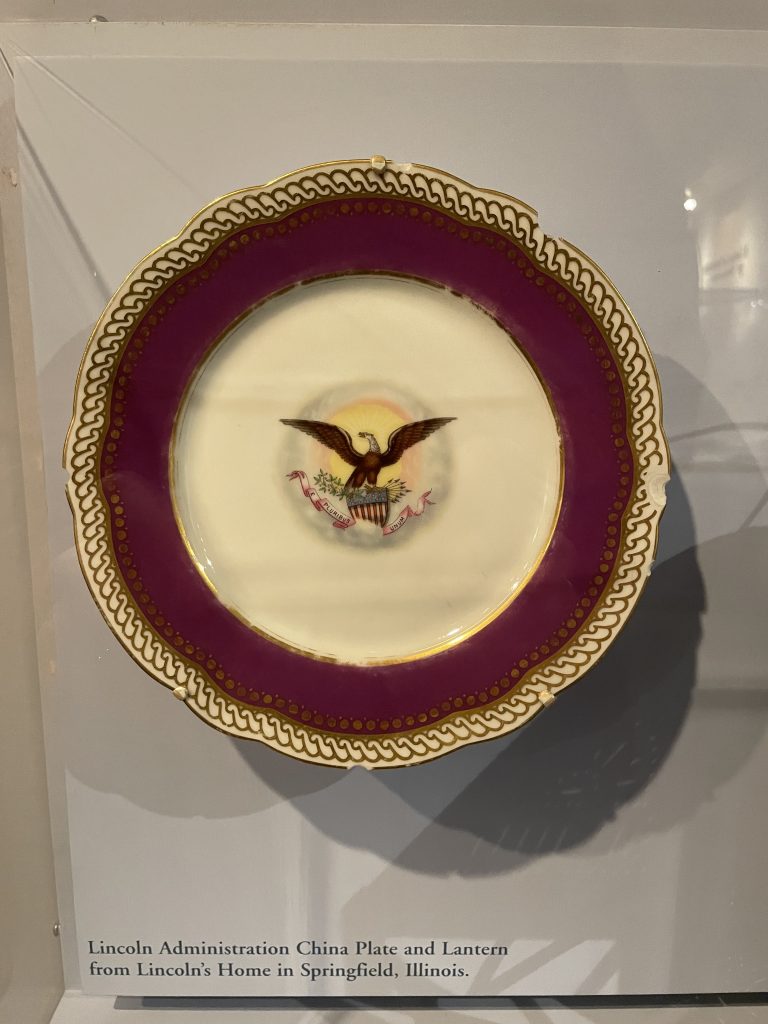
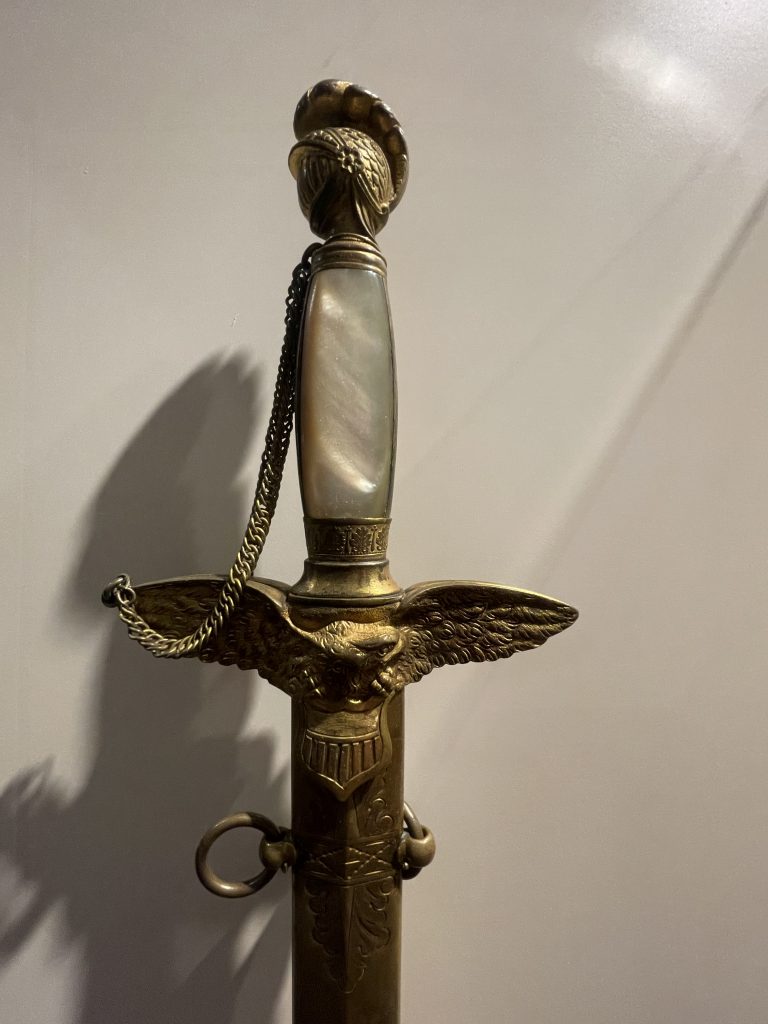
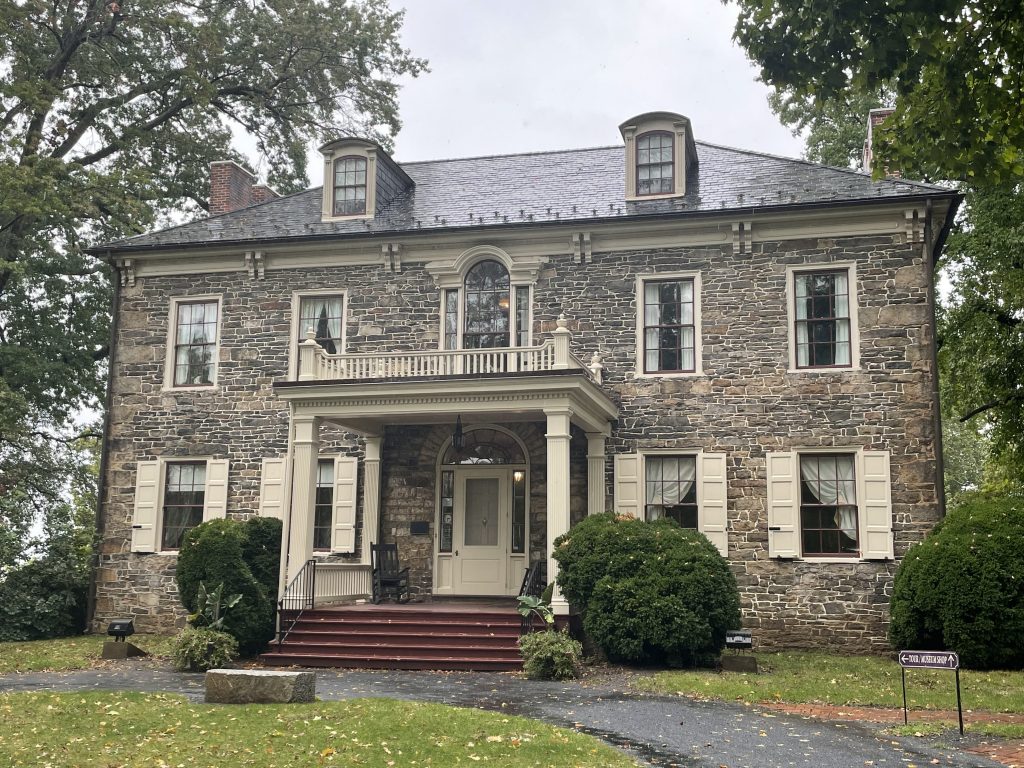
The Fort Hunter Mansion, also known as the Archibald McAllister House, is situated on the banks of the Susquehanna River.
The original section was a two-room stone cabin built in 1787 with locally quarried stone, but as fortunes grew and the house changed hands a grander building was needed.
In 1814 a 2 ½ story, five-bay-wide Federal Style home was added on to the front of the cabin, and a summer kitchen was added on to the rear in 1870.
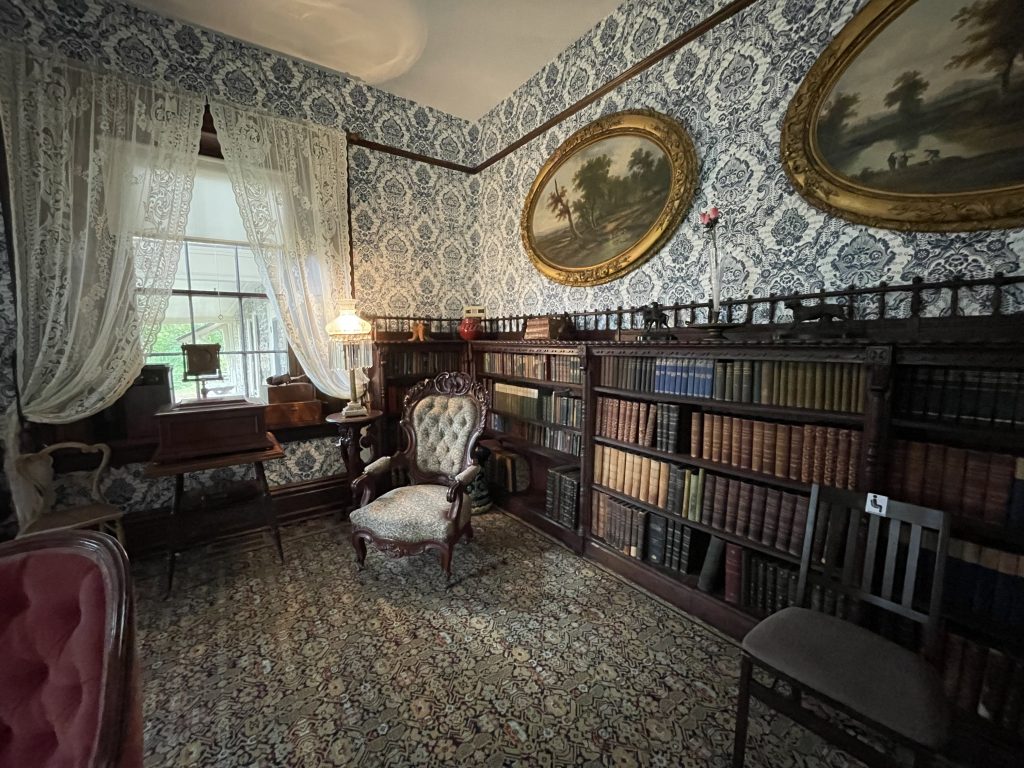
Also on the property is a Centennial Barn that housed a large dairy business, the Tavern House (which served their own brandies and whiskies, in addition to providing overnight accommodations), the rescued 1881 Everhart Covered Bridge, and 153 acres of wooded grounds to explore.
Unfortunately we didn’t do any exploring due to the relentless rain, which we were heartily sick of by the time of our stop here.
(One interesting side note: Doug deduced and then confirmed that the original owner of the property, Archibald McAllister, was a son of Richard McAllister, founder of Doug’s hometown, Hanover, Penn., located about 30 miles south.)
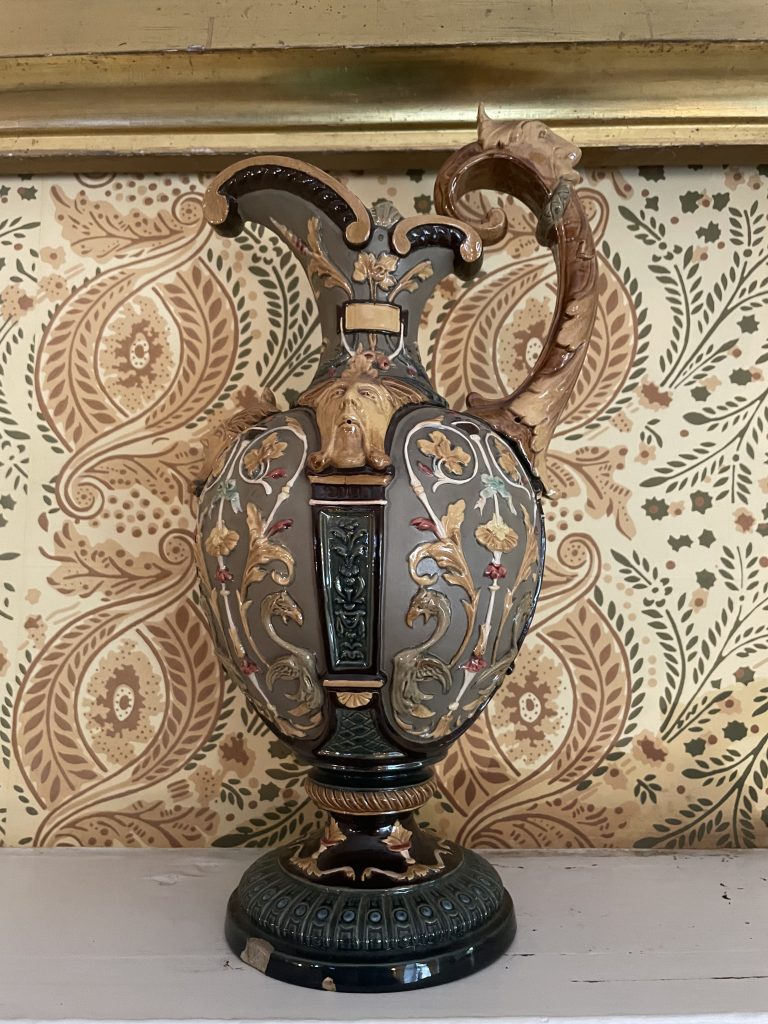
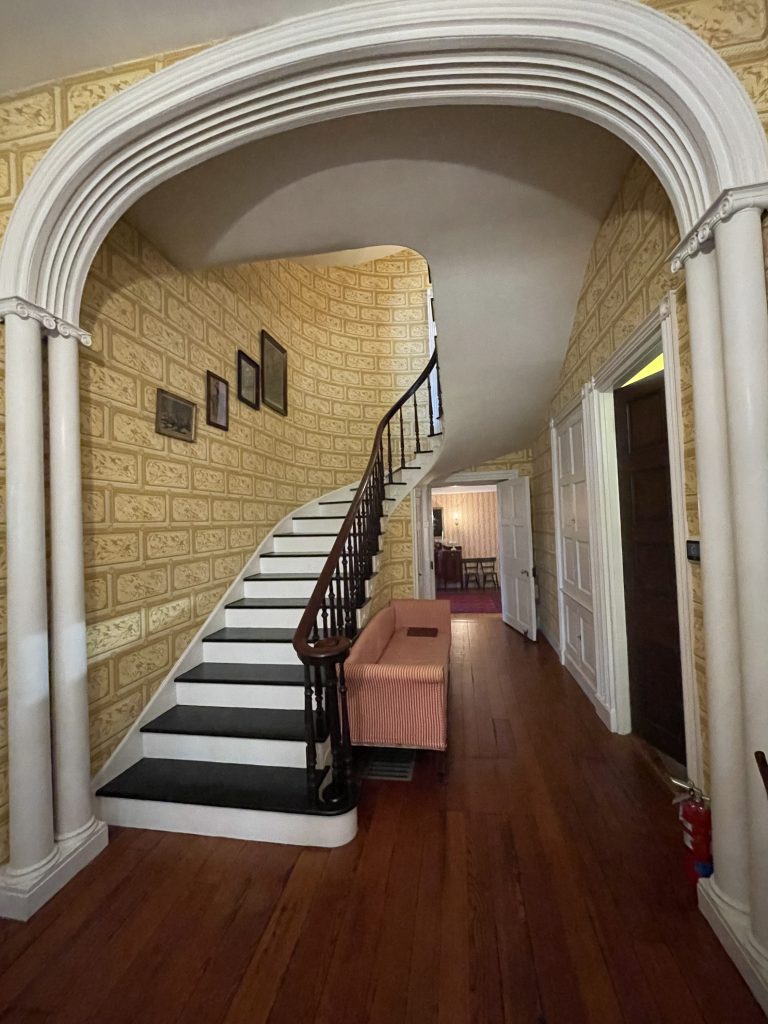
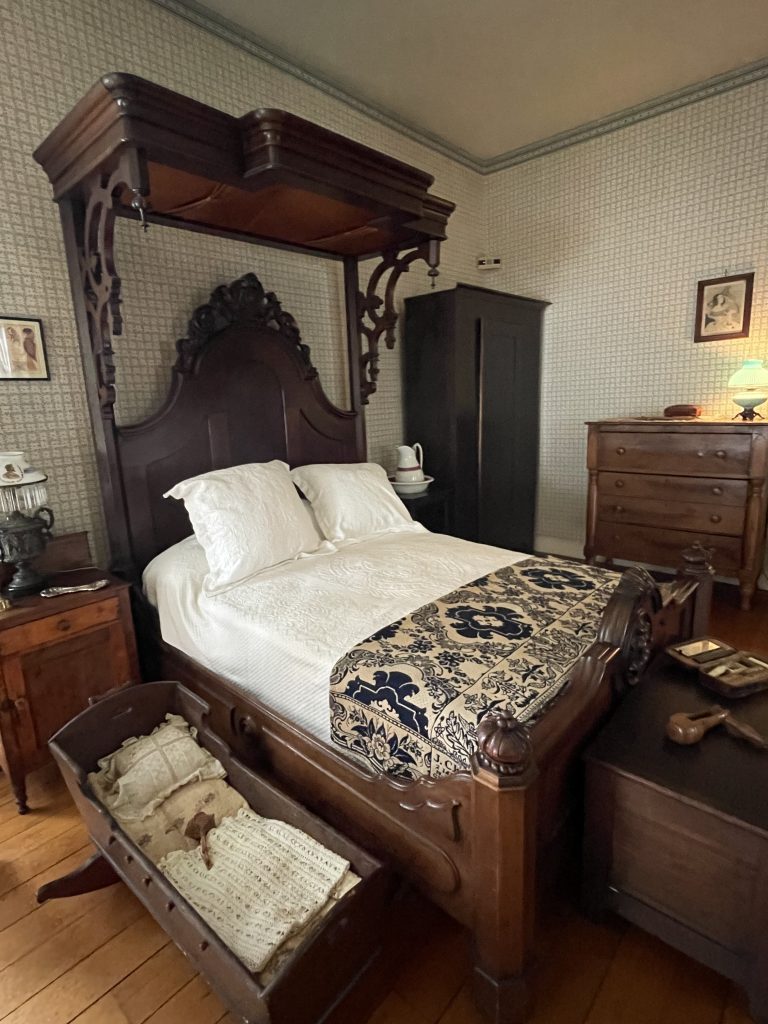


Take a look at the Haines Shoe House, y’all! It’s a 1,500 square-foot shoe-shaped house north of York, about 25 miles south of Harrisburg.
It was built by Mahlon Haines in 1948 as a way of advertising his shoe stores. It’s 25 feet high, 17 feet wide, and 48 feet long. Inside, it has a kitchen, living room, rec room, three bedrooms and 2.5 baths.
It’s been many things over the years, including a vacation rental (of course) and ice-cream shop, none of which have seemed to be viable businesses.
It’s currently on its eighth owners, who have it available as a rental on VRBO.
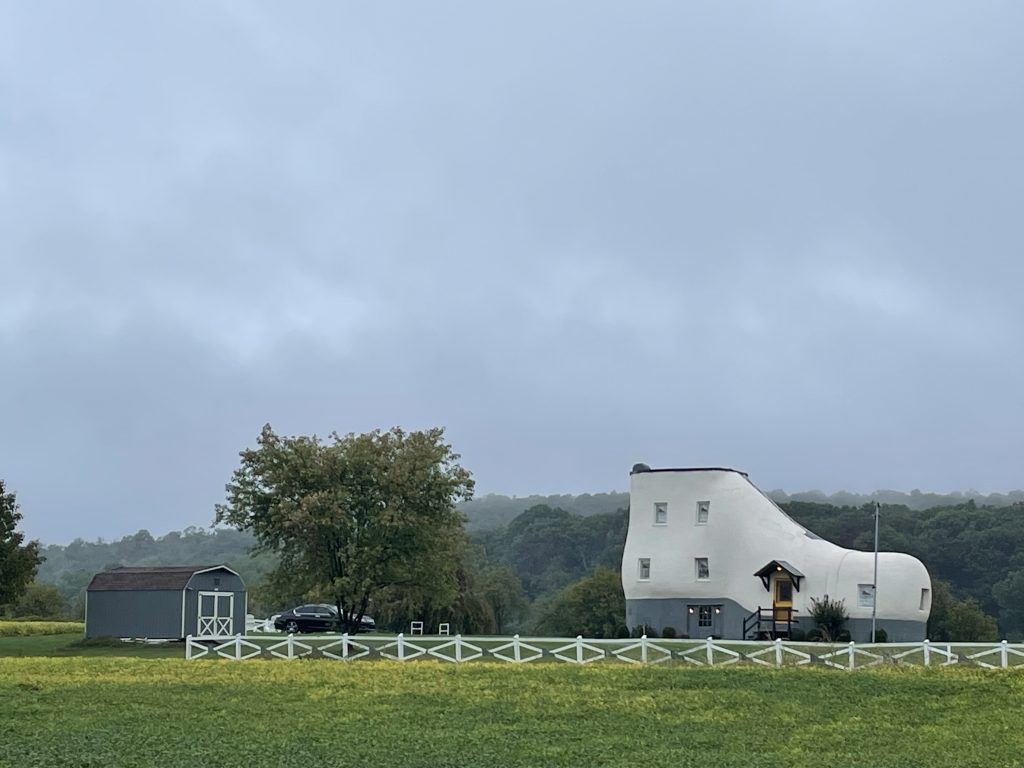
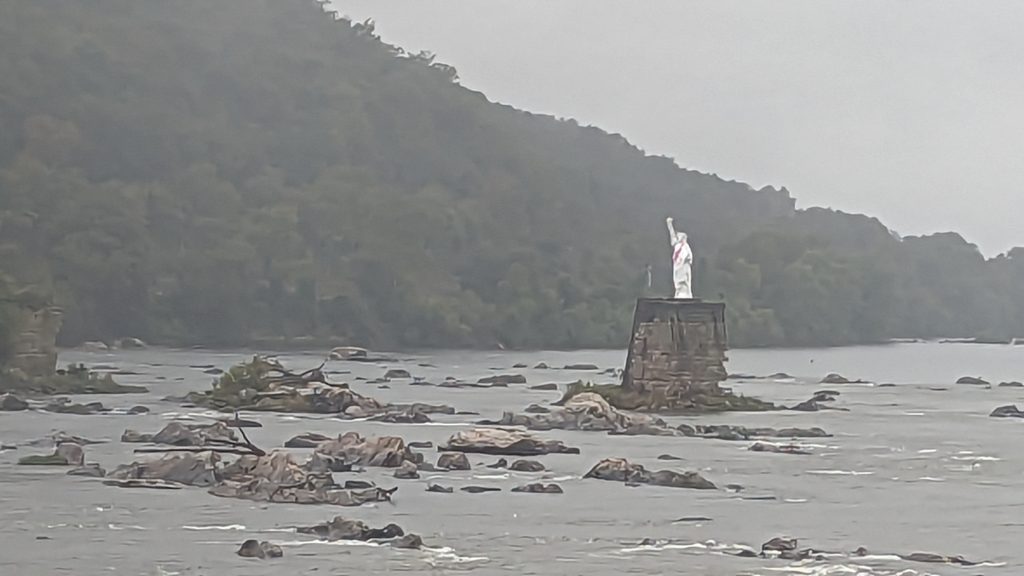
And our final bit of silly for the area was spotting a 25-foot-tall Statue of Liberty replica placed as a prank on a former bridge foundation in the middle of the Susquehanna River.
The original showed up in 1986. How it got there or who was responsible is a mystery!
By the time it was destroyed in a storm six years later, residents had grown rather fond of her. Funds were raised to erect this replacement in 1997.




